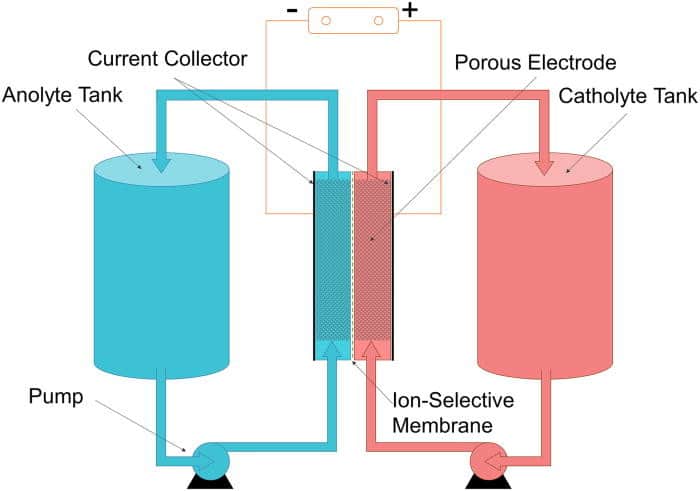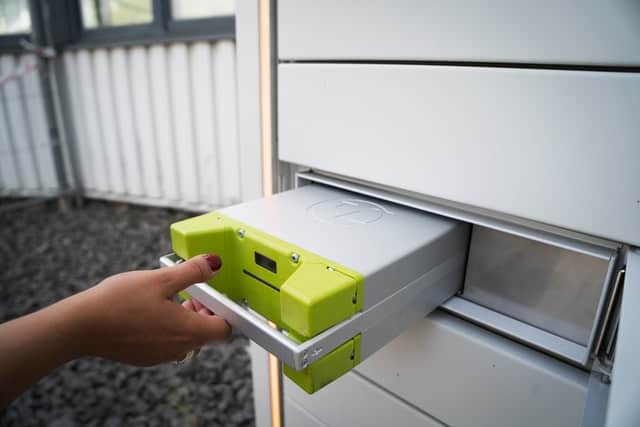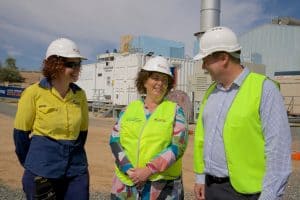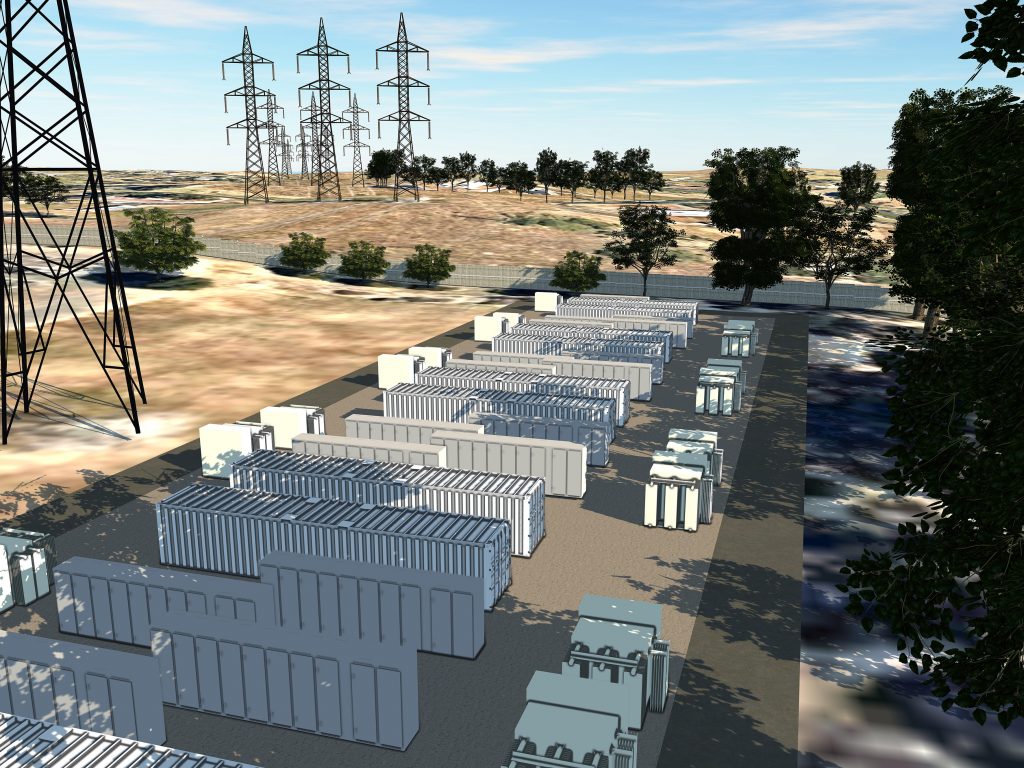In recent years, there have been significant advancements in battery energy storage technology. These advancements have the potential to revolutionize the way we use and store energy, making it more efficient, cost-effective, and environmentally friendly. In this article, we will discuss some of the latest developments in battery energy storage and their potential impact.
One of the most promising advancements in battery energy storage is the development of solid-state batteries. Unlike traditional lithium-ion batteries, which use a liquid electrolyte, solid-state batteries use a solid electrolyte. This makes them safer, more durable, and more energy-dense than traditional batteries. According to Dr. Venkat Viswanathan, a professor at Carnegie Mellon University, “Solid-state batteries can offer up to 2-3 times the energy density of traditional lithium-ion batteries, which means they can store more energy in the same amount of space.” This makes them ideal for use in electric vehicles, where space is limited and energy density is crucial.
Another promising development in battery energy storage is the use of flow batteries. Flow batteries use two electrolyte solutions, which are stored in separate tanks and pumped through a cell stack to produce electricity. According to Dr. Jay Whitacre, a professor at Carnegie Mellon University and founder of Aquion Energy, “Flow batteries are ideal for long-duration energy storage applications, such as renewable energy integration, because they can be charged and discharged for hours or even days without degradation.” This makes them ideal for use in grid-scale energy storage systems, where energy is needed on demand and for extended periods.
Advancements in battery energy storage technology are also leading to improvements in battery recycling. According to a report by the International Energy Agency, “Recycling of lithium-ion batteries is expected to become increasingly important as the electrification of transport and other sectors accelerates.” One of the most significant advancements in battery recycling is the use of hydrometallurgical processes, which use chemicals to dissolve the metals in batteries and recover them for reuse. According to Dr. Linda Gaines, a researcher at Argonne National Laboratory, “Hydrometallurgical processes can recover up to 99% of the metals in lithium-ion batteries, making them an efficient and sustainable solution for battery recycling.”
Overall, advancements in battery energy storage technology have the potential to transform the way we use and store energy. Solid-state batteries, flow batteries, and battery recycling are just a few of the latest developments in this field, and there are sure to be more to come in the years ahead. As Dr. Viswanathan notes, “Battery technology is evolving at a rapid pace, and we are just scratching the surface of what is possible.” With continued research and innovation, we may one day see a world powered entirely by renewable energy stored in advanced battery systems.
References:
- Viswanathan, V. “What’s Driving the Development of Solid-State Batteries?” Energy Institute Blog, Carnegie Mellon University, 20 Apr. 2021.
- Whitacre, J. “How Flow Batteries Can Enable Long-Duration Energy Storage.” Energy Institute Blog, Carnegie Mellon University, 20 Apr. 2021.
- “The Future of Batteries: Reuse and Recycling.” International Energy Agency, Nov. 2019.
- Gaines, L. “Recycling Lithium-Ion Batteries: The Quest for Sustainable Production.” Argonne National Laboratory, 14 Dec. 2020.





